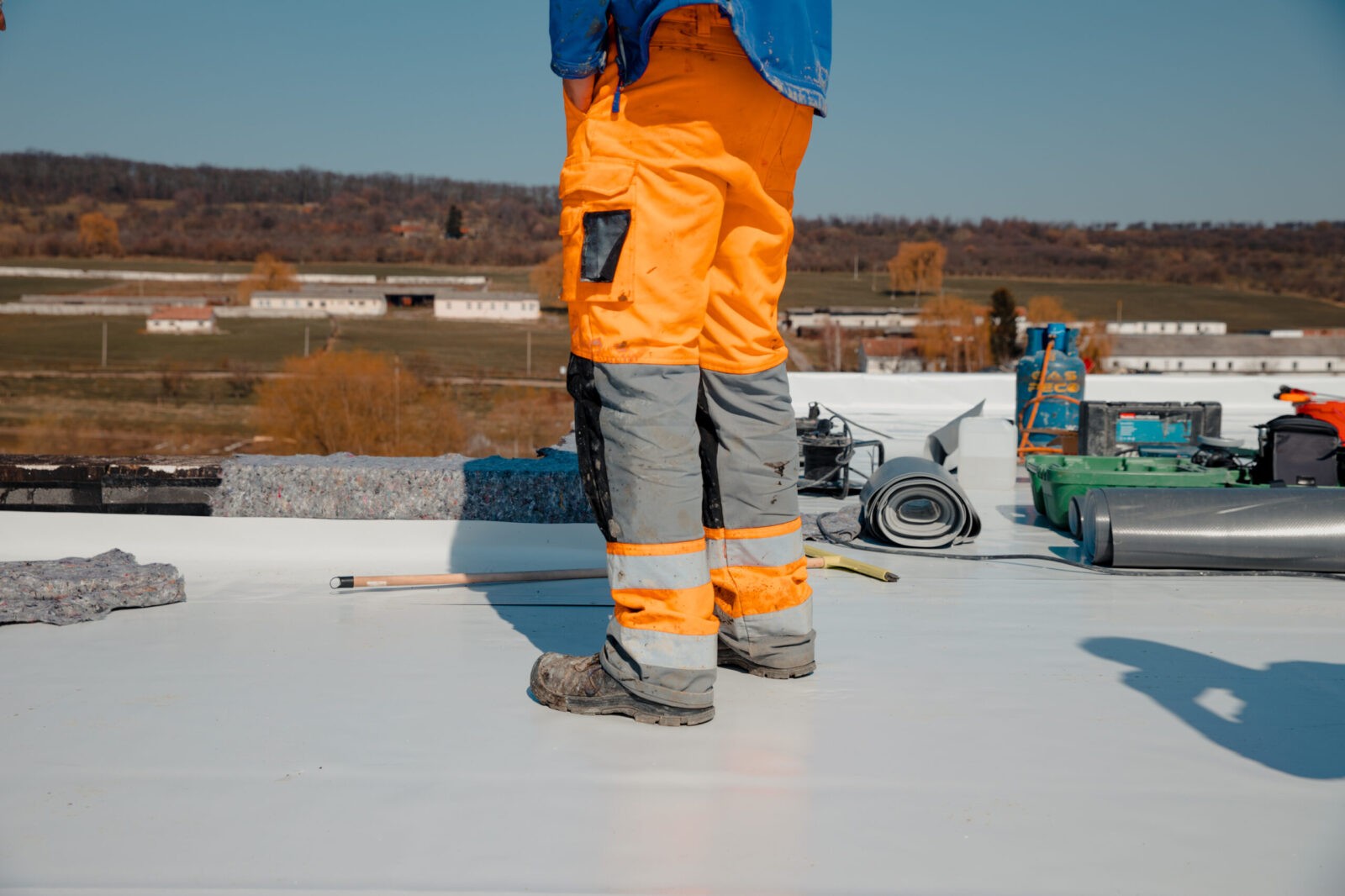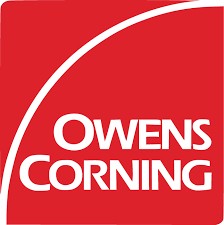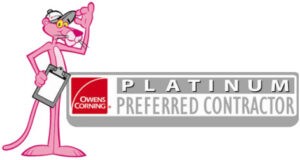“A TPO roof is a thermoplastic polyolefin roof made up of ethylene-propylene rubber and additives, such as fiberglass. The additives or fillers in these rubber roofs provide extra strength and flexibility. If you’ve seen buildings with white, reflective roofs, these are usually TPO roofing systems. This type of roof is becoming more common for low-slope or flat roofs on commercial buildings.”
The increasing demand for TPO roofing means it’s important for a facility manager and roofing contractors to understand these roofing systems in greater depth. The following guide provides an overview of this type of roofing material, including its components, materials, durability, and benefits.
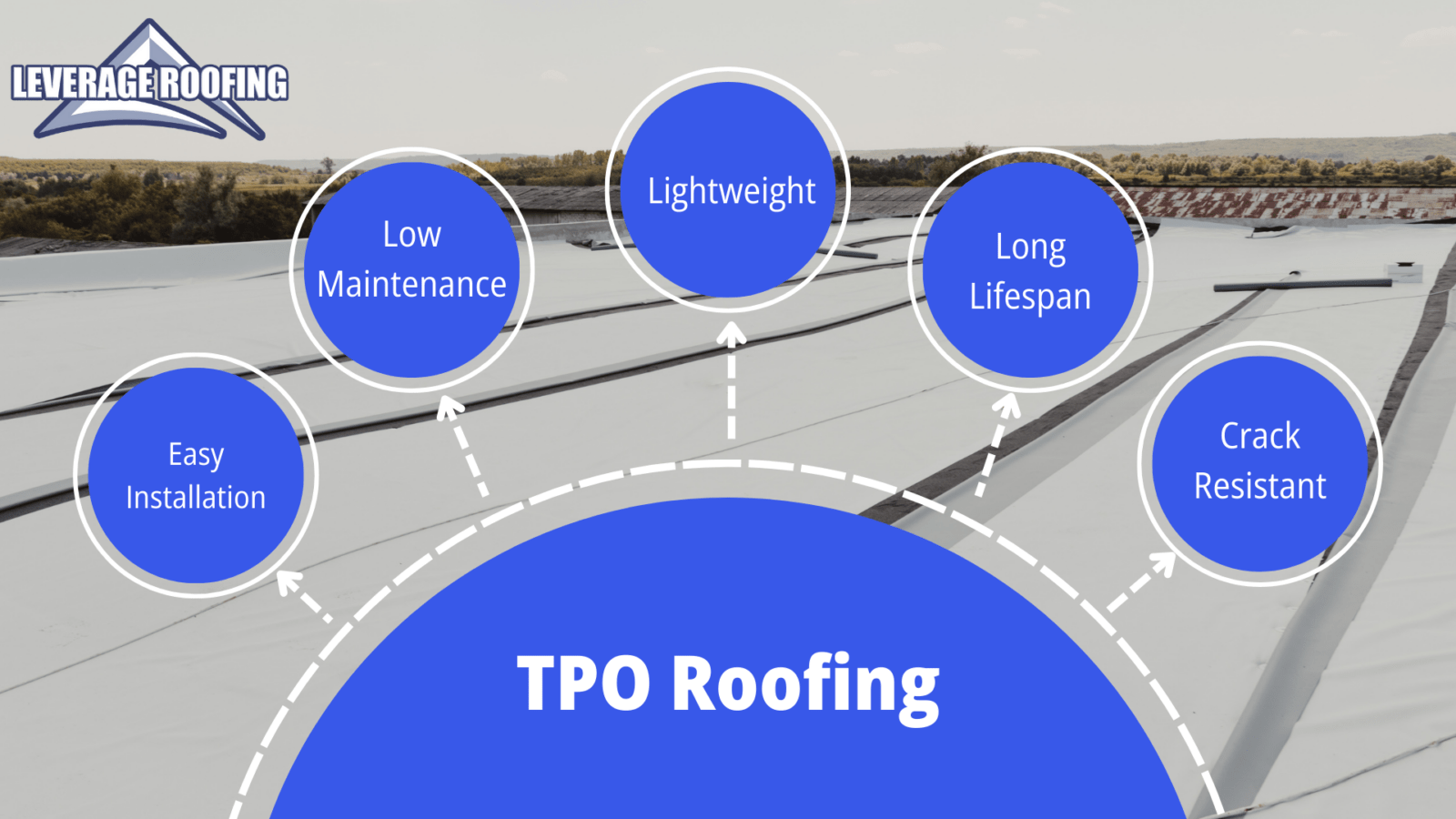
Benefits of TPO Roofing
This type of roofing system offers notable benefits for building owners. TPO roofs are a type of single-ply membrane roofing system. This means they have fewer seams than other types of roofs. A lower number of seams means that TPO roofs are less likely to develop leaks.
Other benefits of TPO roofs include:
- Easy installation
- Low-maintenance
- Lightweight design that puts less pressure on buildings.
- Long lifespan- around 30 years!
- Highly durable
- Resistant to cracking and other damage
TPO Roofs vs. EPDM & PVC Roofing
How does TPO material compare to other kinds of roofing products? TPO roofs typically have better energy efficiency and durability compared to other commercial roof systems, such as ethylene propylene diene terpolymer (EPDM) and polyvinyl chloride (PVC) single ply membrane roofing systems.
TPO roofs are typically white or light in color, while EPDM roofs typically have a darker coloring that absorbs UV rays rather than reflecting them. EPDM roofs are also more likely to shrink over the years.
PVC roofs come in light colors, so they’re about the same as TPO roofs in terms of energy efficiency. However, PVC roofing tends to be more expensive than TPO roofing and can crack in colder weather.
What about traditional roofing systems? These systems, such as asphalt shingle roofs or tile roofs, aren’t suitable for flat roofs. They’re also made up of many components, which leads to a higher risk of leaks.
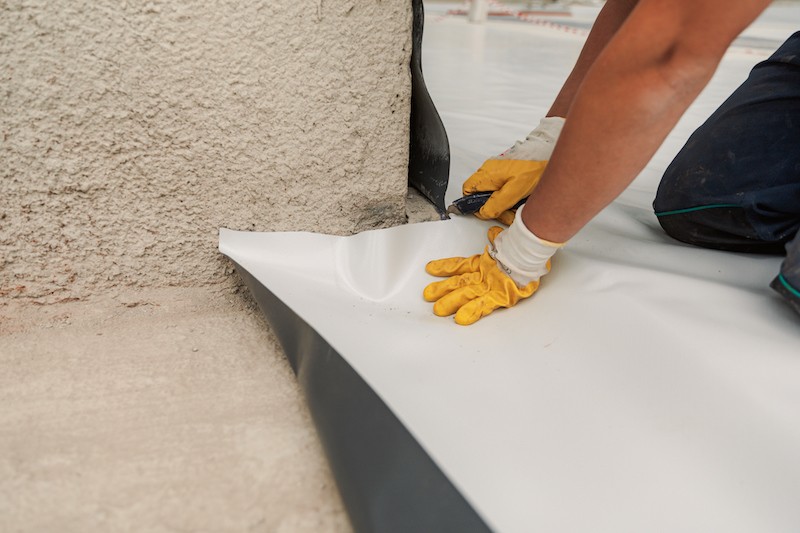
TPO Roof Components
TPO roofs have several components, which include:
- Underlayment
- Vapor barrier
- Insulation
- Cover board
- Adhesive
- Membrane
Roofers install the underlayment right on the roof deck to protect against water. The vapor barrier goes on top of the underlayment and helps reduce condensation. Insulation, which goes on next, helps keep hot or cold air outside from getting into the building. The cover board helps protect the insulation and acts as a backing for the membrane. Roofers then use adhesives to attach the membrane to the rest of the roofing system.
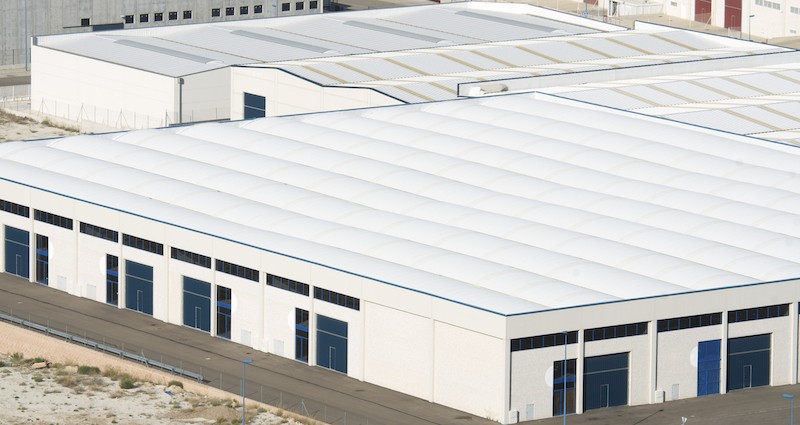
TPO Roofing Membrane
A TPO roof membrane is the final layer or component of this roofing system. This is what you might see when looking at the flat roof of a commercial building. The membrane has a reflective, white surface that boosts energy efficiency.
Thermoplastic Membrane Composition
What is this type of roofing membrane made of? A TPO membrane has a thermoplastic polyolefin base layer and a top layer with a polyester-reinforced center. These materials become softer when they’re heated up, then harden again as they cool. This creates a durable membrane that can withstand wear and tear.
Advantages of TPO Roof Membranes
TPO roofing membranes offer important benefits compared to other single-ply roofing membranes. These membranes have a high amount of energy efficiency and a high degree of flexibility and durability. They aren’t prone to cracks, shrinkage, and other kinds of wear and tear that can shorten their lifespan. They’re also easy to install and can be done within a short timeframe, depending on a roof’s square foot.
South Carolina can get tropical storms, hurricanes, and other types of severe weather. This makes it important to have a reliable roof that can handle inclement weather. TPO roofs are designed to be durable, although they might sustain damage in severe storms. They can withstand windy conditions and downpours, but large pieces of hail can leave dents or other kinds of damage.
TPO roofing performs well in warmer climates thanks to its reflective properties, durability, and flexibility. These roofing systems are designed to handle exposure to high temperatures and UV rays without developing severe damage. They won’t fade or crack, although the seams might pull apart with age. Their reduced carbon footprint and resistance to weather damage make them a smart investment for commercial roofing applications.
Energy Efficiency of TPO Roofing
Reflective Properties
TPO roofs are considered “cool roofs” which means they have a reflective surface, which stops the sun’s rays from heating up the building’s interior. These reflective properties help keep the roof and building interior from heating up. This helps reduce the risk of damage to TPO roofs, while also keeping the inside of buildings cooler.
Lower Energy Costs
Having UV rays reflected instead of absorbed means that you can save money on the costs of heating and cooling your building. During summer, the sun’s rays won’t warm up the interior, leading to a decreased need to keep air conditioning running all or most of the time in higher temperatures. During winter, the insulation that’s part of these roofs helps heated air stay inside rather than escaping outdoors. This means your building’s furnace won’t have to be on as much and as a result, you’ll see a lower cost.
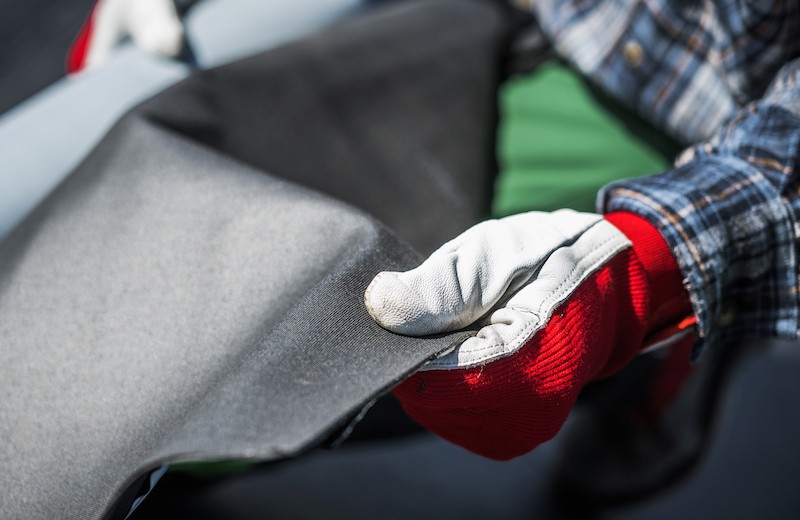
TPO Roofing in Commercial Facilities
While TPO roofs are popular for residential roofing, they’re often used more for commercial buildings. These roofing systems provide a suitable option for buildings with a low slope or flat roof. They offer many advantages for commercial facilities, including lower energy costs, a more comfortable interior, and a long lifespan.
These roofing systems come with manufacturer warranties that usually last for 10 to 20 years. Carbon fiber reinforcements are available to provide these roofs with added flexibility and strength. These qualities help ensure that TPO roofs on commercial facilities have a lower risk of damage, especially when they receive regular maintenance and cleaning.
TPO Roofing System Maintenance
TPO roofs can last for decades as long as they have proper maintenance. Although they’re durable, they can develop problems over time. This material expands and contracts naturally due to temperature changes. This can lead to failing seams that pull apart and allow for water damage. Severe storms, such as hail storms, can also cause damage that requires prompt repairs.
TPO Roof Inspections
Having routine inspections done can help building owners keep TPO roofs in good condition. Roofers can look for problems with these roofing systems, such as seams that are coming apart, and make repairs before leaks or other damage occurs. How often do these inspections need to happen? Ideally, plan on having TPO roof inspections done twice a year, such as during spring and fall. You might also need to schedule an inspection to check for damage after severe weather.
Cleaning TPO Roofing Systems
TPO roofs tend to be lighter in color, which helps reflect the sun’s rays. When dirt or debris builds up on the surface, this leads to less energy efficiency. As part of maintenance, roofers can remove debris and dirt to ensure that a white membrane or light-colored TPO roof is able to reflect UV rays. Soft wash pressure washing helps lower the risk of damage from debris and improves curb appeal.
For All Your TPO Roofing Needs, Contact Leverage Roofing!
TPO roofing systems are known for being easy to install, but it’s important to make sure it’s done right. Otherwise, your roof can end up having significant problems. Hiring a professional roofing contractor at Leverage Roofing can give you peace of mind that your new roof will be properly installed and maintained. Keep in mind that we can handle other roofing services, such as repairs to your existing roof, gutter installation, siding, and more.
Contact us today to learn more about our services!
Resources
“Science of Cool Roofs.” Science of Cool Roofs | Cool California, coolcalifornia.arb.ca.gov/science-of-cool-roofs. Accessed 12 Apr. 2024.
